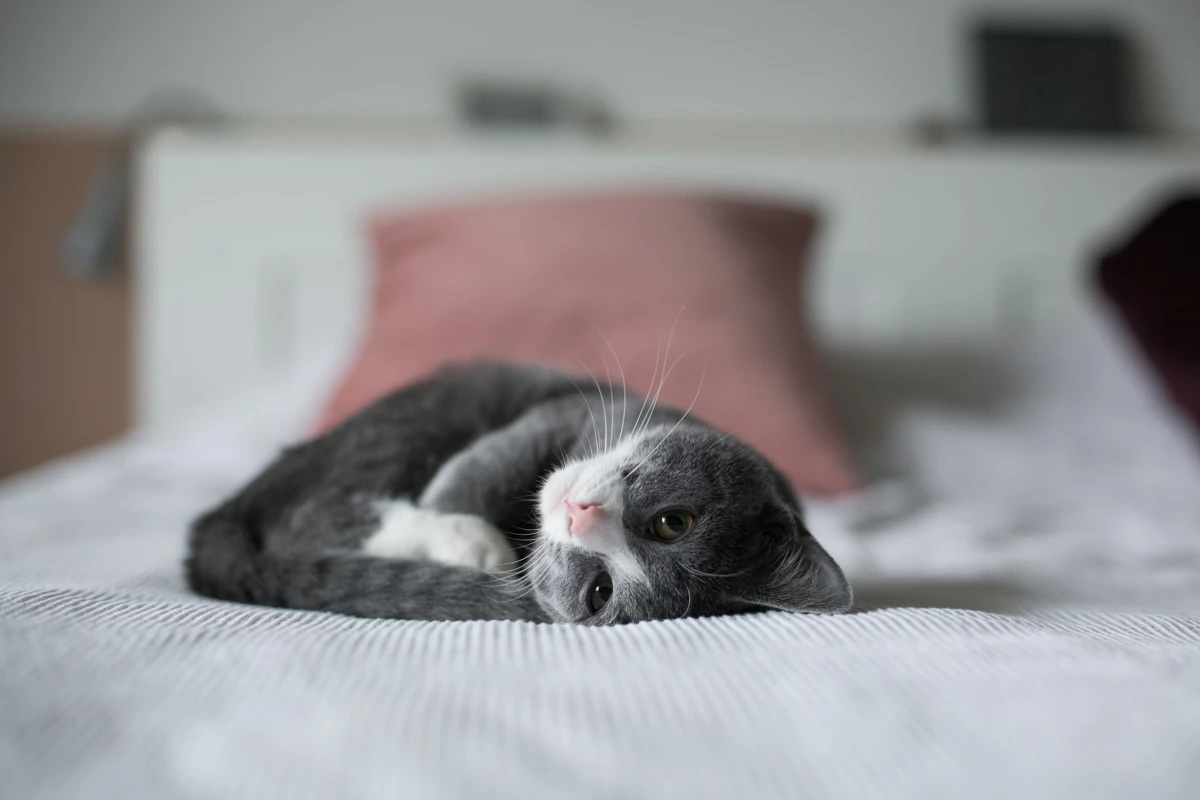The Feline AB Blood Group System
Cats possess a blood typing system known as the
AB system, which includes only three recognized types:
Type A,
Type B, and
Type AB.
Each of these
cat blood types is determined by specific antigen on the surface of red blood cells.
Unlike humans, cats do not have a Type O option within this system, which often raises the question:
do cats have blood types similar to ours?
The answer is yes—but their system is unique and must be understood on its own terms.

Why There Is No Type O in Cats
In human hematology,
Type O blood refers to the absence of A and B antigens, allowing broad transfusion compatibility in some cases.
However, in
blood types in cats, this concept doesn’t apply.
The naturally occurring antibodies in
blood type cats make such universal compatibility biologically implausible and potentially fatal without exact matching.
Understanding Blood Compatibility in Cats
Because of these antibodies, the process of
blood typing in cats is essential prior to any transfusion or breeding program.
Each blood type combination must be carefully matched to avoid immune rejection and hemolytic reactions, particularly in
cat blood typing procedures used in clinical settings.
How to Correctly Determine a Cat’s Blood Type
Using Reliable Rapid Test Kits
Veterinarians commonly rely on tools like the
SaberVet Feline Blood Typing Rapid Test for accurate
blood typing cats.
This test is a fast, efficient method of confirming a cat’s blood type using a small sample, yielding results in less than 10 minutes.
Risks of Mismatched Blood Transfusions in Cats
In feline medicine, one of the greatest dangers lies in the administration of incompatible blood during transfusion.
Unlike dogs, cats are born with strong, naturally occurring antibodies, meaning even a first mismatched transfusion can result in a life-threatening situation.
This is why
blood typing in cats and proper crossmatching are not optional—they are vital.
For example,
Type B cats have strong anti-A antibodies that will aggressively destroy
Type A red blood cells if given during a transfusion.
Even small amounts of incompatible blood can trigger
acute hemolytic shock, leading to symptoms such as vomiting, fever, hypotension, and rapid death.
On the other hand,
Type A cats have weaker anti-B antibodies, so a transfusion with
Type B blood may not cause immediate death, but it can lead to a shorter lifespan of transfused cells and delayed immune responses.
This further emphasizes the need for thorough testing, especially for cats with unknown medical histories or those requiring urgent care.
Veterinary guidelines now strongly recommend that every transfusion candidate undergo both
cat blood typing and a **major/minor crossmatch**, even if their blood type was determined previously.
This redundancy ensures compatibility at both the antigen and antibody levels, helping to avoid mistakes that could cost a cat its life.
By incorporating proper
blood typing cats protocols, pet owners and veterinarians can dramatically improve outcomes during critical care situations.
In summary, the risks of not knowing a cat’s blood type are simply too great to ignore.





